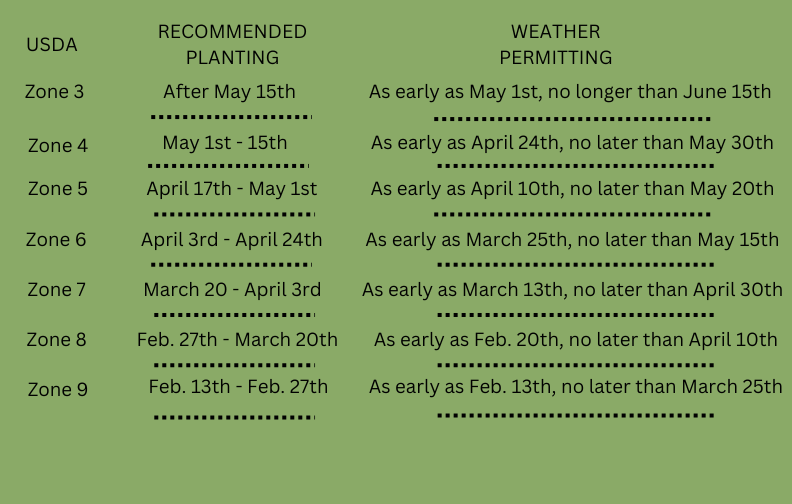- Buy 50 for $1.11 each and save 15%
- Buy 100 for $0.96 each and save 27%
- Buy 250 for $0.76 each and save 42%
- Buy 500 for $0.61 each and save 53%
- Buy 1000 for $0.46 each and save 65%
The deep burgundy coloration produced in the spears of the Purple Passion is most striking. This variety has a 20% higher sugar content and is often eaten raw and to garnish salads. The spears are generally more tender. The vascular bundles have less lignin per spear making the spears less stringy, allowing use of the whole spear. Purple Passion is truly unique!





